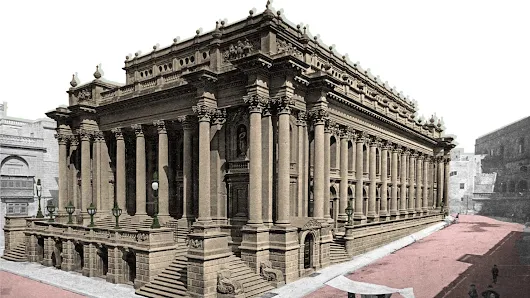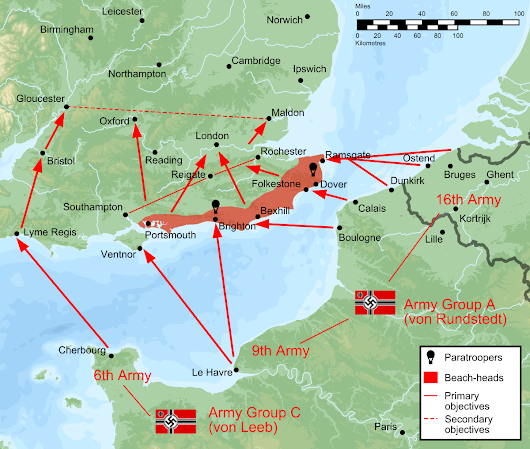40-5-25 to 40-6-4 Dunkirk Evacuation - Dynamo ..
40-8-13 Adlertag & Unternehmen Adlerangriff ..
40-9-8 Blitz, Cromwell, Sealion Postponed 40-9-14 ..
42-8-17 USAF bombs Rouen ..
44-6-6 D-Day - Overlord, Neptune ..
44-7-30 Operation Bluecoat 44-8-7 ..
44-8-14 Unternehmen Greif 44-12-17 ..
44-8-25 Siegfried Line Campaign 45-3-7 ..
44-7-30 Operation Bluecoat 44-8-7 ..
44-8-14 Unternehmen Greif 44-12-17 ..
44-8-25 Siegfried Line Campaign 45-3-7 ..
44-10-12 Aachen 44-10-21 ..
45-3-23 Werwolf Speech ..
45-4-16 Schlacht um die Seelower Höhen 45-4-19 ..
45-3-23 Werwolf Speech ..
45-4-16 Schlacht um die Seelower Höhen 45-4-19 ..
Grand Strategy ..
Kanalkampf II ..
Kanalkampf II ..
Schlieffen Plan ..
●● Theatres ..
● Africa, Mediterranean ..
● Atlantic ..
● European theatre ..
● Nordic Front - Finland & Scandinavia ..
● Pacific theatre ..
● Russia - Eastern Front ..
Military History: Archive Footage - FoTV >> .
Agriculture | Air | Atrocities | Blitz | Campaigns | Characters | Cold War | Defence | Espionage| Government | Home Front | Industry | Infrastructure | Intelligence | Land | Locations | Logistics| Propaganda, Publications | Sea | Services | Society | Tactics | Technology | Timelines | Theatres | Volunteers | War | Weaponry | WW1 |
MILDEC - Military deception
Espionage ..
Morale, PsyOps
Morale ..
Morale ..
●● Theatres ..
● Africa, Mediterranean ..
● Atlantic ..
● European theatre ..
● Nordic Front - Finland & Scandinavia ..
● Pacific theatre ..
● Russia - Eastern Front ..
Military History: Archive Footage - FoTV >> .
Agriculture | Air | Atrocities | Blitz | Campaigns | Characters | Cold War | Defence | Espionage| Government | Home Front | Industry | Infrastructure | Intelligence | Land | Locations | Logistics| Propaganda, Publications | Sea | Services | Society | Tactics | Technology | Timelines | Theatres | Volunteers | War | Weaponry | WW1 |





